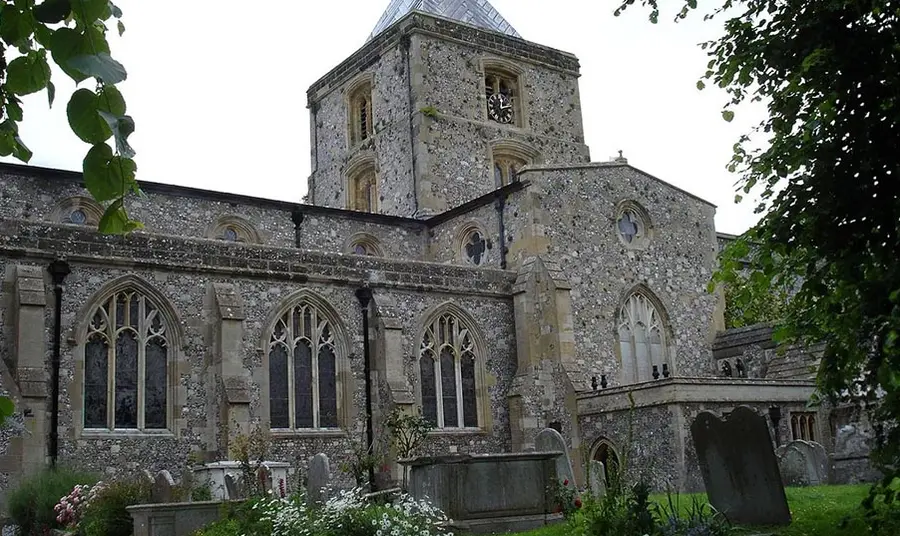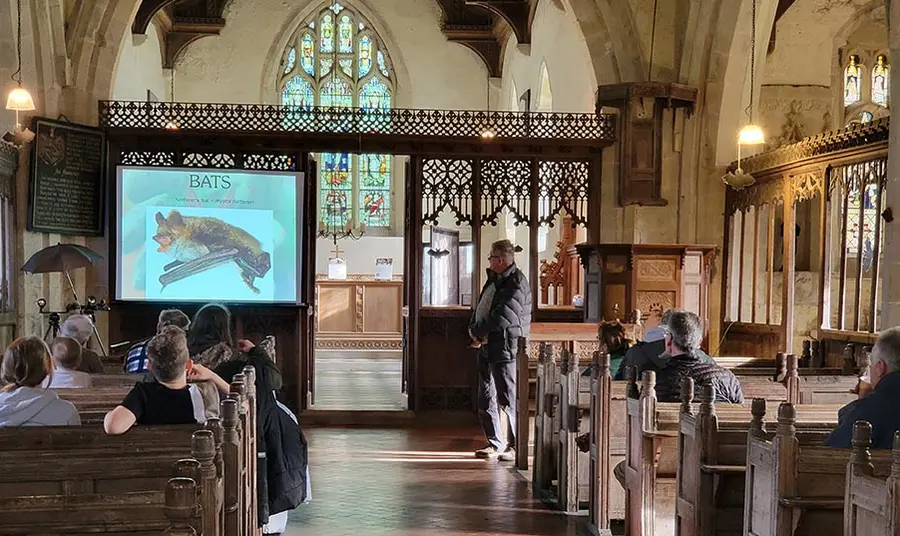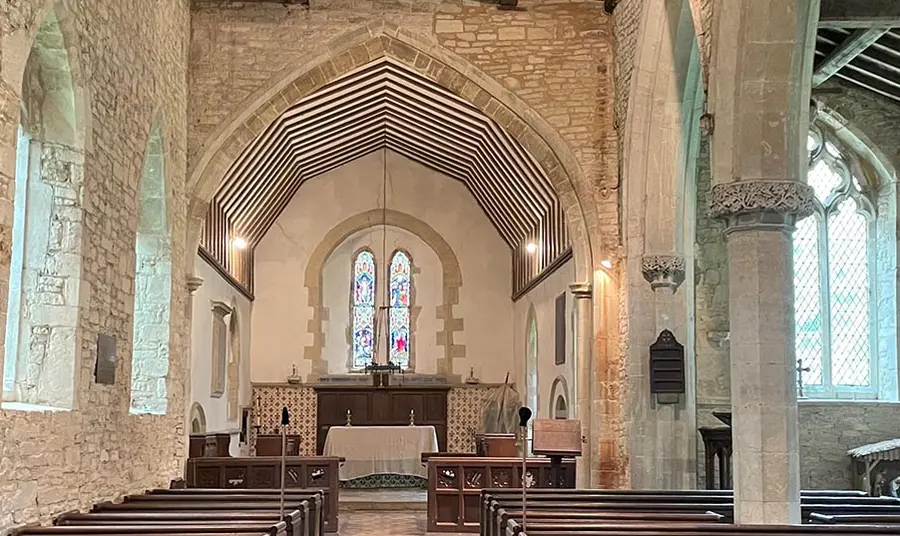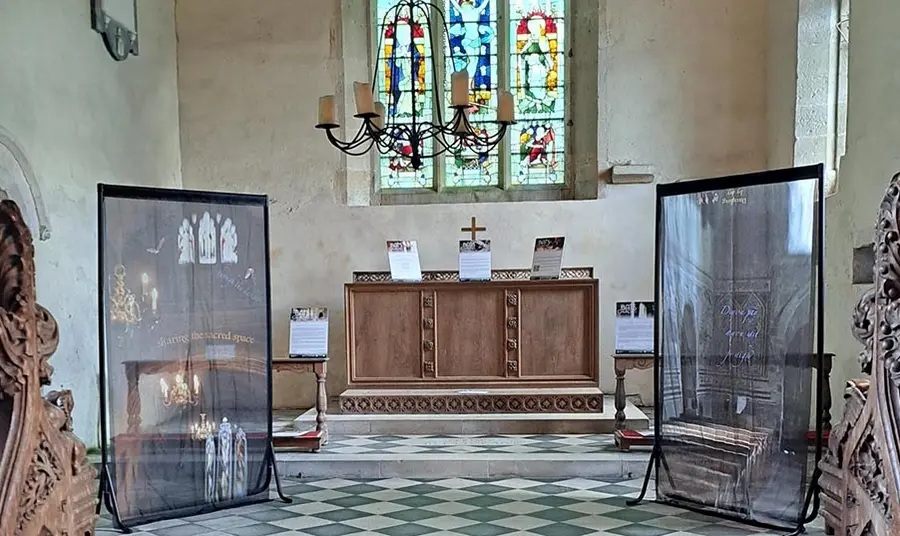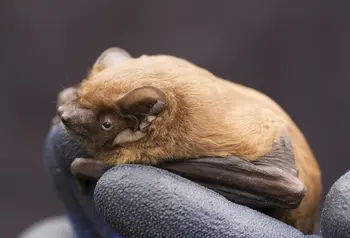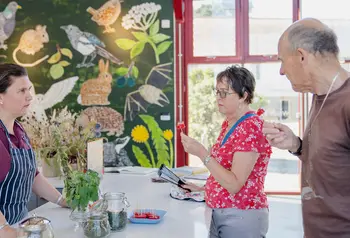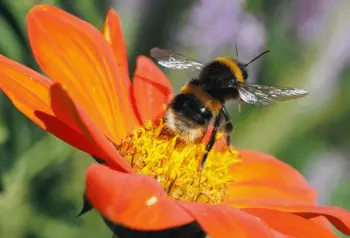All creatures great and small: helping church communities care for their bats
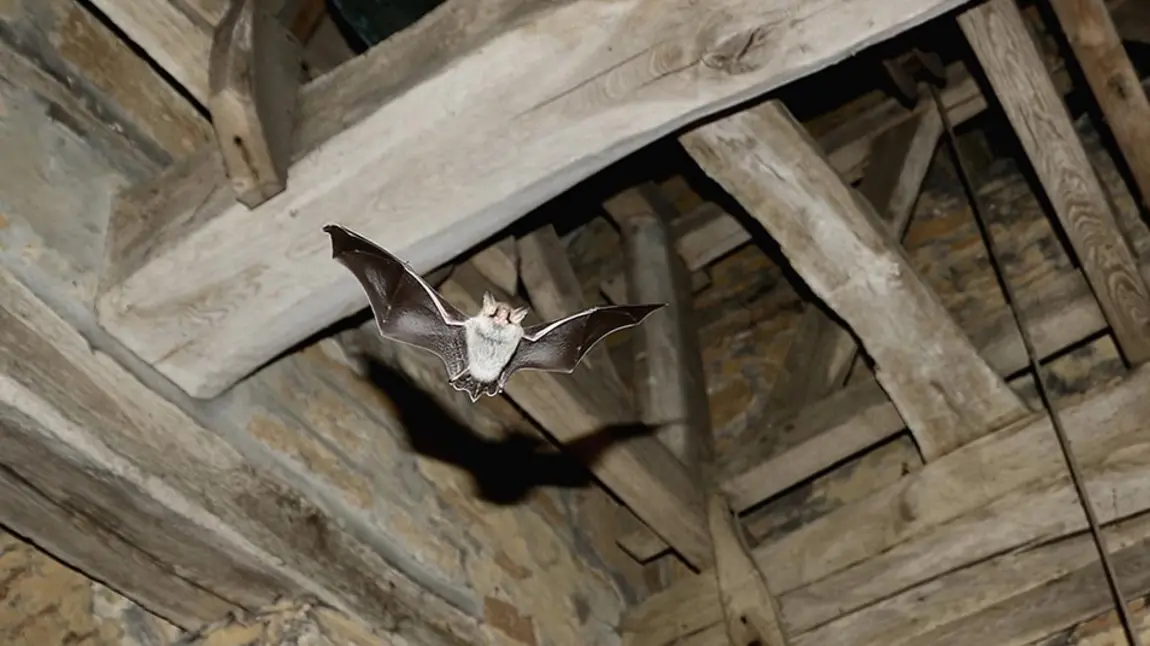
At dusk in summer, the churchyard at St Nicholas Church in Arundel has a warm glow from the setting sun. Between the trees, if you look closely, you can see shapes darting back and forth. The bats of St Nicholas are emerging, sometimes individually, sometimes in groups of three or four. Silhouetted against the skyline, they swoop and circle as they forage for their insect prey.
Like many ancient churches around England, St Nicholas shelters several species of bats, which use the church, its churchyard and surrounding habitat to roost, forage and raise their young in the summer months.
High above the congregation’s heads pipistrelle bats are feeding their pups. But while it’s charming to discover that your church is a haven both for people and animals, the community also has a task on its hands. Bats aren’t house trained (or church-trained), and even the most bat-friendly church can struggle with cleaning up droppings and urine from larger colonies, which can also damage the church’s historic items.
Protecting England's architectural and natural heritage
Bats and churches have been associated for centuries. As threatened mammals, bats are protected by law. As their natural habitats like ancient woodland become fewer and far between, they are increasingly seeking refuge in churches, complex and ancient buildings offering perfect roosting opportunities and surrounded by ideal foraging habitat.
For the last five years the Bats in Churches Project has worked with more than 100 ancient churches around England, including St Nicholas. As well as support to help bats thrive and minimise their impact on human activity in the church, volunteer citizen scientists also surveyed more than 750 churches to better understand how bats use churches.
This project, funded by us, is a partnership between Natural England, the Church of England, Bat Conservation Trust, Churches Conservation Trust and Historic England.
Installing a false ceiling at St Lawrence, Radstone
For the medieval church of St Lawrence in Radstone, Northamptonshire, support from the Bats in Churches project involved major building work. A tiny rural haven, this church is home to a maternity colony of some 200 Natterer’s bats, as well as a smaller community of pipistrelles. The mess and disturbance created by the bats proved more than the small congregation was able to manage, and the church closed for worship in 2016 amid fears it would never re-open.
The Bats in Churches project brought together architects, ecologists and other experts to create a plan to install a false ceiling in the church, for the bats to roost above without disturbing the congregation below.
Today, St Lawrence is open for worship once more and has actively embraced its bats, holding successful bat walks with the local bat group and even appearing on an animal-themed episode of BBC Songs of Praise.
Bats bring the community together at St Peter, Wintringham
For other churches, the presence of bats has breathed new life into declining communities. The stunning medieval church of St Peter in Wintringham, North Yorkshire, had just two volunteers helping care for it until summer 2022, when a series of bat surveys piqued the interest of the local community.
Today this church, which is cared for by the Churches Conservation Trust, has an active group of more than 30 volunteers and held a service at Christmas that was attended by 40. The community is proud to have been ‘brought together by bats’ and the church permanently hosts an art installation celebrating this, commissioned by Bats in Churches and created by artist Ilene Sterns.
Get support and get involved
The Bats in Churches project is drawing to a close, but it leaves a legacy of resources to support church communities around England with their resident bats:
- visit Bats in Churches for information, advice, case studies, resources, activities and online training
- contact the National Bat Helpline for advice and support if your church has bats
- join a local bat group, volunteer to help a local church, or get involved with a local Wildlife Trust
- survey your local church, or another local area, for bats as part of the National Bat Monitoring Programme
